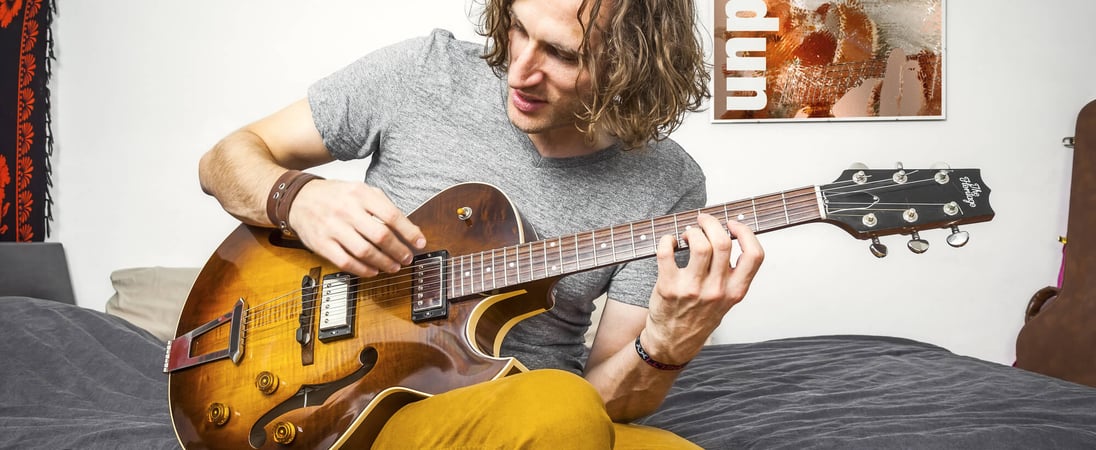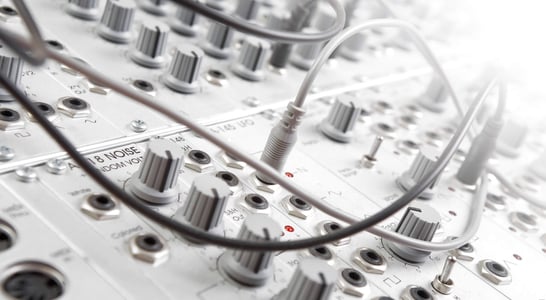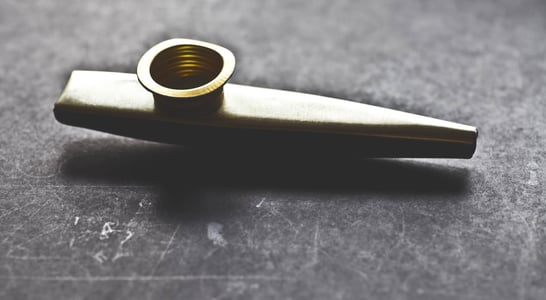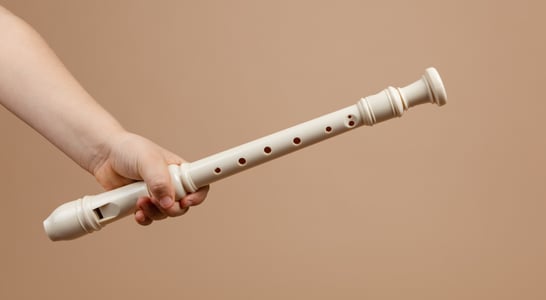
National Get Out Your Guitar Day
Dust off the old six-string and relive the glory days. Reconnect with the magic of creating music and let your fingers do the talking.
How many starry nights did you spend learning chords, listening to hit songs repeatedly until you could finally play it with confidence?
Did your fingers bleed like Bryan Adams claimed in the hit Summer of ’69? When did you finally give up and set your guitar aside to gather dust and faded memories?
You miss it, don’t you? Admit it, you dreamed of standing in that stadium under the lights soaking in the adoration of millions! It’s ok, I did too! But we all grow up…right? Well, not totally and that’s why you should turn the lights up! It’s National Get Out Your Guitar Day!
Also known as National Guitar Day, it celebrates the magic of guitar music and its powerful impact on our lives. This day invites everyone, from beginners to experts, to pick up their guitars and play.
How to Celebrate National Get Out Your Guitar Day
Get Out Your Guitar!
Back from the attic? Ready to get started? Ok! Great! Let’s get rockin’. The first way I recommend that you celebrate is to get all your friends together.
Tell them to grab their guitars (air or hero version) and come over. Order some pizza, pour some drinks and rock away! No, you don’t need to practice for a month beforehand, the mistake will make memories!
Host a Guitar Playing Get-Together
If you can’t get your friends or family to join you, have your own celebration. Take that guitar and just sit with your eyes closed and think of all the dreams, all the fun, all the ups and downs that you have gone through together.
Relive those moments of glory. Turn all of your stress and worries off for now and just strum those strings and let the music take you to a place where you can be anything you want!
Make a Recording
Take advantage of the technology we have today and make a record of your time out of the day. Get your phone ready and record your songs.
Share what you can do with those who couldn’t come over for your celebration on YouTube, Facebook, and other social media.
Let them see how great you are! Maybe next year they will join you instead of staying away! While you are posting that video to your favorite social media (or all of them!), don’t forget to share it with us as well!
Take Guitar Lessons
But what if you’re new to guitar? What if you’ve never picked one up before in your life? How are you supposed to “get it out,” so to speak?
Well, one of the things you can do is commit to guitar lessons. You can pick National Get Out Your Guitar Day as the first day of a life-long love affair with the instrument.
If you don’t have a guitar, you can also venture out of the house to your local music store and try some out for yourself, both acoustic and electric.
Bring on the Nostalgia
National Get Out Your Guitar Day is also an opportunity for you to be a little nostalgic. If you used to play the instrument in your youth, you might want to strum a few of your favorite tunes, just for old time’s sake.
You can take yourself back decades and relive what life was like when your favorite bands ruled the airwaves.
History of National Get Out Your Guitar Day
The history of Get Out Your Guitar day is simply unable to be recorded. Ever since the first version of a guitar was created, man has desired to escape the mundane and take some time to dream. Bards and storytellers of old became the pop stars of today.
All with the ability to make music and take us along on their adventures. Whether it is the heartache of relationships or the ringing anthems of those who seek for change, the music sweeps us up and gathers us along.
Remember that joy that you had the first time someone heard you playing and recognized the song? Yeah, that is what today is about. That pure, sweet, joy in the moment. So run up to the attic or down into the basement and get that guitar out of hiding!
The guitar probably made its first appearance in 16th century Spain. These early models only had four strings and were much slimmer than the full-bodied acoustics that we enjoy today. The instrument was probably the descendent of the Spain-specific vihuela, which was a kind of local version of the lute.
Over the following three centuries, the guitar’s basic design underwent an evolution, slowly improving it from decade to decade. In the seventeenth century, artisans added a fifth string. And by the eighteenth century, we got the sixth string we know and love today.
The shape of the pegbox changed too. In the early days, it was similar to a viola. But people realized that they could get a slightly better sound out of it if they flattered and widened it, a development that led to the modern design.
There were improvements to the tuning options too. In the 1600s, musicians had to rely on clumsy metal tuning pegs to get the right pitch. But by the turn of the 19th century, engineers had replaced them with pins, often made of ivory, which could make tiny adjustments to the tone.
Early guitars didn’t have frets either. Performers would create notes by merely pushing the strings into the wooden board. However, designers noticed that they could improve the sound with the addition of metal strips placed crosswise on the neck, corresponding to various frequencies.
The guitar was a bit of a curiosity when it first appeared. People weren’t sure what to make of it. The lute and the vihuela were far more popular. However, during the 17th century, tradition string instruments went into decline. And by the start of the 19th century, they had mostly fallen out of circulation.
Part of the shift towards guitar was undoubtedly driven by early virtuoso soloists, including Fernando Sor and Joseph Kaspar Mertz. Before long, the guitar had become a staple of modern music and the instrument of choice for bringing people together for a good old-fashioned singalong.
National Get Your Guitar Out Day is dedicated to making sure that everyone can benefit from the humble guitar. The instrument has an uncanny ability to get people pumped about music.
National Get Out Your Guitar Day FAQs
How did the guitar evolve into its modern form?
The guitar’s journey began in ancient Persia with the four-stringed “tanbur.”
Over centuries, it has transformed through various cultures. In medieval Spain, the “vihuela” emerged, resembling today’s guitar but with a different tuning.
By the 16th century, the instrument had six strings and a familiar shape.
Innovations in the 19th century, like steel strings and larger bodies, enhanced its volume and tone, leading to the modern acoustic guitar.
The electric guitar’s invention in the 1930s further revolutionized music.
Are there any unusual guitar-related world records?
Yes, several intriguing records exist. The world’s largest playable guitar measures 43.5 feet long and weighs over 2,200 pounds.
Built by students in Texas, it functions like a standard guitar. Additionally, the smallest guitar, created by Cornell University researchers, is just 10 micrometers long—about the size of a human cell.
While unplayable by humans, it demonstrates nanotechnology’s potential.
How do different cultures incorporate the guitar into their music?
The guitar adapts across cultures. In Spain, it’s central to flamenco, providing rhythmic and melodic foundations.
In Brazil, the “violão” (acoustic guitar) shapes bossa nova and samba, offering smooth, syncopated rhythms.
In Hawaii, the slack-key guitar features open tunings, producing a distinctive, relaxed sound. Each culture infuses the guitar with unique styles and techniques.
What are some myths or misconceptions about playing the guitar?
A common myth is that only those with natural talent can play well. In reality, consistent practice and dedication are key.
Another misconception is that small hands can’t play guitar effectively. Many successful guitarists have adapted techniques to suit their hand size.
Lastly, some believe expensive guitars are necessary for good sound. While quality matters, skill and technique significantly influence tone.
How do people celebrate Get Out Your Guitar Day in unique ways?
Celebrations vary globally. In some communities, musicians gather for public jam sessions, inviting passersby to join.
Online, players participate in virtual concerts, sharing performances via live streams. Some enthusiasts use the day to start learning guitar, enrolling in workshops or online courses.
Others compose original songs, using the occasion as creative inspiration.
What are some lesser-known guitar techniques?
Beyond standard strumming and fingerpicking, techniques like “tapping” involve using both hands on the fretboard to produce rapid notes. “Harmonics” create bell-like tones by lightly touching strings at specific points.
“Palm muting” dampens strings with the picking hand’s palm, producing a muted, percussive sound. These methods add depth and variety to guitar playing.
Are there any superstitions or beliefs associated with guitars?
Some musicians believe naming their guitar creates a personal bond, enhancing performance.
Others think breaking a string during a performance brings bad luck. In certain cultures, placing a guitar on a bed is considered disrespectful, as the instrument is seen as a living entity deserving care.
These beliefs highlight the deep connection between players and their guitars.
How has the guitar influenced fashion and culture?
The guitar has deeply influenced fashion, especially in rock and roll. Musicians like Jimi Hendrix popularized vibrant, bohemian outfits, while punk guitarists introduced ripped clothing and leather jackets.
The electric guitar’s image became synonymous with rebellion, inspiring generations of fans to adopt bold styles.
Iconic moments, such as Slash’s top hat and Les Paul, cemented a visual connection between the instrument and personal expression.
Beyond fashion, the guitar symbolizes freedom and creativity in popular culture, from album covers to art installations.
What are some unusual guitar shapes and designs?
Guitars come in quirky shapes beyond traditional forms. The Gibson Flying V has an angular, futuristic look, loved by rock and metal players.
Rick Nielsen of Cheap Trick famously played a five-neck guitar, combining practicality with spectacle.
Some guitars are made of unusual materials like glass or carbon fiber, creating unique visual effects and tones.
Artists also commission custom designs, such as Prince’s iconic “Love Symbol” guitar, which blends artistry with function.
How did guitars become a symbol of protest music?
Guitars became central to protest music during the 20th century. Folk singers like Woody Guthrie used acoustic guitars to voice social and political concerns.
His guitar famously bore the slogan, “This machine kills fascists.” During the 1960s, artists like Bob Dylan and Joan Baez amplified civil rights and anti-war messages through guitar-driven songs.
Even today, guitar music remains a tool for storytelling and activism, bridging movements across cultures.
Also on ...
View all holidaysNational Latte Day
Velvety, creamy, and oh so delicious, lattes are the perfect pick-me-up with a shot of espresso and steamed milk.
International Day of Women and Girls in Science
Trailblazing minds, breaking barriers, these brilliant minds shape the future. Science celebrates diversity, empowering women and girls to flourish in innovation and discovery.
National Make a Friend Day
Having someone to laugh with, to cry with, and to share unforgettable moments with is one of life's greatest treasures.
We think you may also like...
World TB-303 Appreciation Day
An electronic music pioneer, its unique sound sculpted a genre that continues to resonate through the rhythms of today's tracks.
National Kazoo Day
Zany, buzzing musical instruments that let you join in the musical fun with their unmistakably goofy sound!
World Drummer’s Day
Maestros of rhythm, sculpting soundscapes with percussive artistry, their beats infuse life's symphony with pulse and passion.








